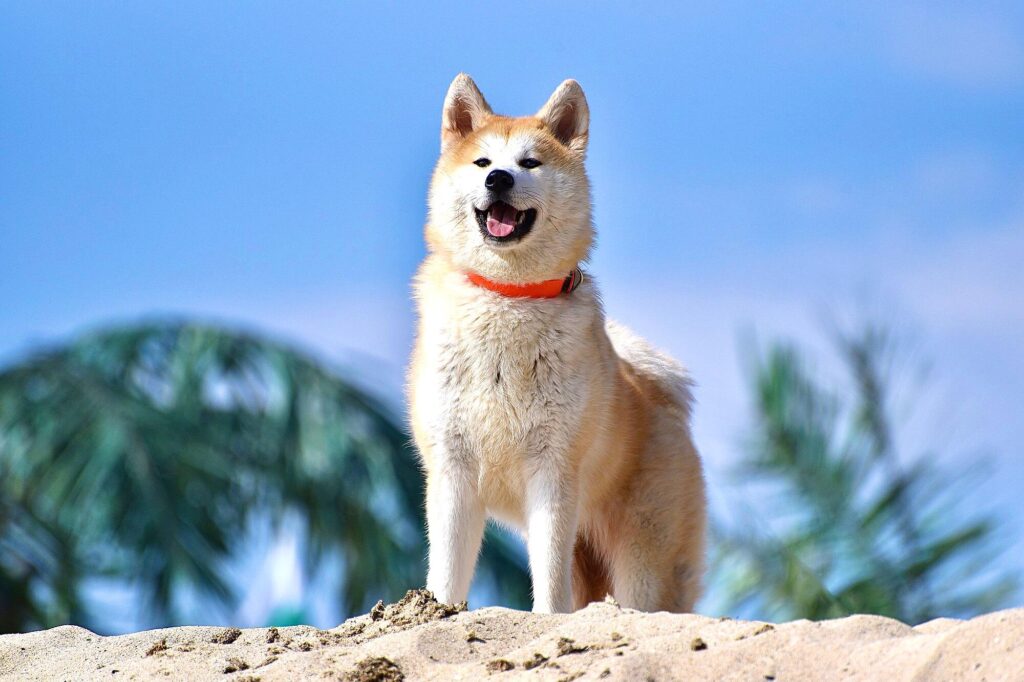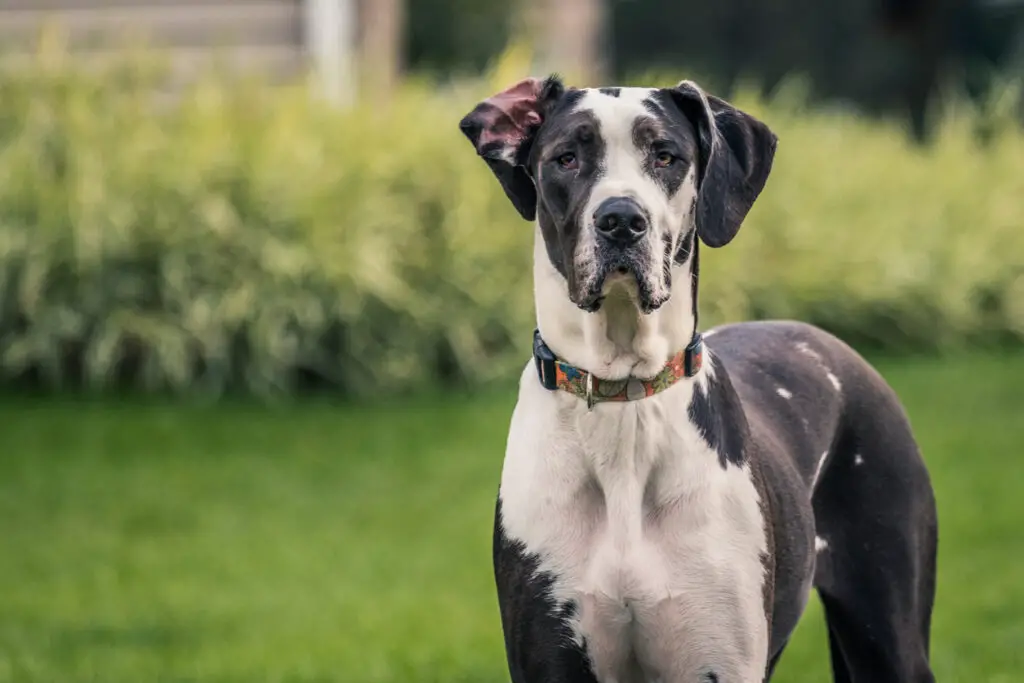1. Siberian Husky

It’s hard not to fall for a Siberian Husky’s icy blue eyes and wolf-like grace. But under that beauty is a dog bred to pull sleds for miles. Huskies are notorious escape artists, with many owners reporting them scaling fences or chewing through doors. “They’ll find a way out if they’re bored, and they get bored fast,” notes the American Kennel Club. Their strong prey drive makes cats and smaller animals potential targets. If you don’t have the time, space and energy to keep up, this gorgeous breed can quickly turn your home into a challenge.
2. Border Collie

This one’s often dubbed the Einstein of dogs, and with good reason. Border Collies are brilliant, agile and born to herd. But intelligence can be a double-edged sword. Without mental stimulation, they can grow anxious, destructive and even obsessive. “They can start herding children, cars, even vacuum cleaners,” says animal behaviorist Stanley Coren. They thrive on tasks and need a job to do daily. Simply tossing a ball won’t cut it. Their sweet face hides a mind always working overtime which can wear down even the most loving owners.
3. Chow Chow

At first glance, a Chow Chow looks like a snuggly bear until you realize they’d rather be left alone. These dogs are known for their aloofness and aren’t naturally affectionate. In fact, the American Kennel Club calls them “cat-like” in demeanor. They’re fiercely territorial and can be unpredictable around strangers. Training them takes patience, as they don’t respond well to harsh commands or excessive praise. And that thick coat? It needs constant grooming. While their proud posture is captivating, this breed is far from low maintenance in both temperament and care.
4. Dalmatian

Thanks to pop culture, Dalmatians have become symbols of fun and family, but owning one is a high-speed experience. These spotted beauties are packed with energy and can be headstrong. “They’re not for first-time owners,” warns the Dalmatian Club of America. They also have a higher risk of deafness and skin issues, requiring more care than you might expect. Without proper training and consistent outlets for their boundless enthusiasm, they can become destructive. That charming look hides a complex dog that needs more than a backyard and a few toys.
5. Shiba Inu

Shibas have the look of a plush fox and a presence that turns heads, but owning one is not like cuddling a teddy bear. This breed is famous for being stubborn and escape prone. As many owners joke, “Shiba Inus don’t run away, they plan it.” Training one requires finesse and consistency, as they’re known to ignore commands entirely. Socialization is tricky too, since they prefer their space. While they’re clean and quiet, their aloof nature can be a letdown for anyone looking for a loyal, obedient companion who sticks close by.
6. Akita

There’s a quiet dignity about the Akita that draws people in. Loyal and powerful, they’ve long been protectors. But with that strength comes a serious need for experienced handling. Akitas can be aggressive toward other dogs, especially of the same sex, and they’re not fans of strangers. “They require confident, consistent training from someone they respect,” says the AKC. Their thick coats shed heavily, and they can develop stubborn tendencies fast. This isn’t a dog you casually train. Owning one is a commitment to structure, strength and patience.
7. Cocker Spaniel

With their soulful eyes and soft ears, Cocker Spaniels seem like the perfect family pet. But they can be surprisingly sensitive and develop behavioral issues if not properly trained. Separation anxiety is common, and they’re prone to ear infections due to those adorable, floppy ears. “They need consistent grooming and calm, firm leadership,” says veterinary expert Dr. Marty Becker. Without it, they can become snappy or nervous. Their sweetness is real, but so is the effort it takes to keep them balanced and healthy, both physically and emotionally.
8. Jack Russell Terrier

Don’t let their size fool you. Jack Russells are like tightly wound springs of energy. Originally bred for fox hunting, they need stimulation, space and clear boundaries. Without that, they can become noisy, destructive and even aggressive. “A bored Jack Russell is a nightmare,” quips dog trainer Victoria Stilwell. They’re smart, but they use it to test limits. Apartment life isn’t ideal unless you’re outdoors constantly. They can bring a lot of joy, but if you want a couch companion, this high-octane pup might not be the match you’re hoping for.
9. Weimaraner

The Weimaraner is graceful and loving but clingy. Often referred to as “Velcro dogs,” they need near-constant attention and don’t handle being left alone well. “They’re beautiful dogs with a desperate need for companionship,” says PetMD. Without stimulation, they can quickly develop separation anxiety and destructive behaviors. Their energy level is high, and so is their demand for training. They’re best suited for active owners who can offer structure, movement and lots of presence. If you’re not home much, this lovely breed can leave your heart and furniture in pieces.
10. Great Dane

Their calm, gentle nature can be misleading. Great Danes are often called gentle giants, and while they’re generally sweet, they’re also massive. That size means everything costs more, from food to medication, and their joints need special care from puppyhood. “They’re prone to bloat, which can be fatal and requires emergency care,” warns the Great Dane Club of America. Their lifespan is shorter than most, averaging 7 to 10 years. They crave attention and space and managing them takes planning and strength. Owning a Dane is both a joy and a big-hearted responsibility.
11. Afghan Hound

The Afghan Hound glides like a runway model and looks like art, but training one is another story. Independent and aloof, they’re not motivated by praise or food. “They respond to training when they feel like it,” writes VetStreet. Their long, silky coat demands frequent grooming, and their detached personality can feel frustrating to owners who want affection on demand. They’re fast too. Once off-leash, good luck catching them. Still, for those who appreciate quiet companionship and elegance, they can be a joy. Just make sure your expectations are rooted in reality and patience.
This story 11 Dog Breeds That Look Friendly but Can Be Surprisingly Difficult to Own was first published on Daily FETCH


